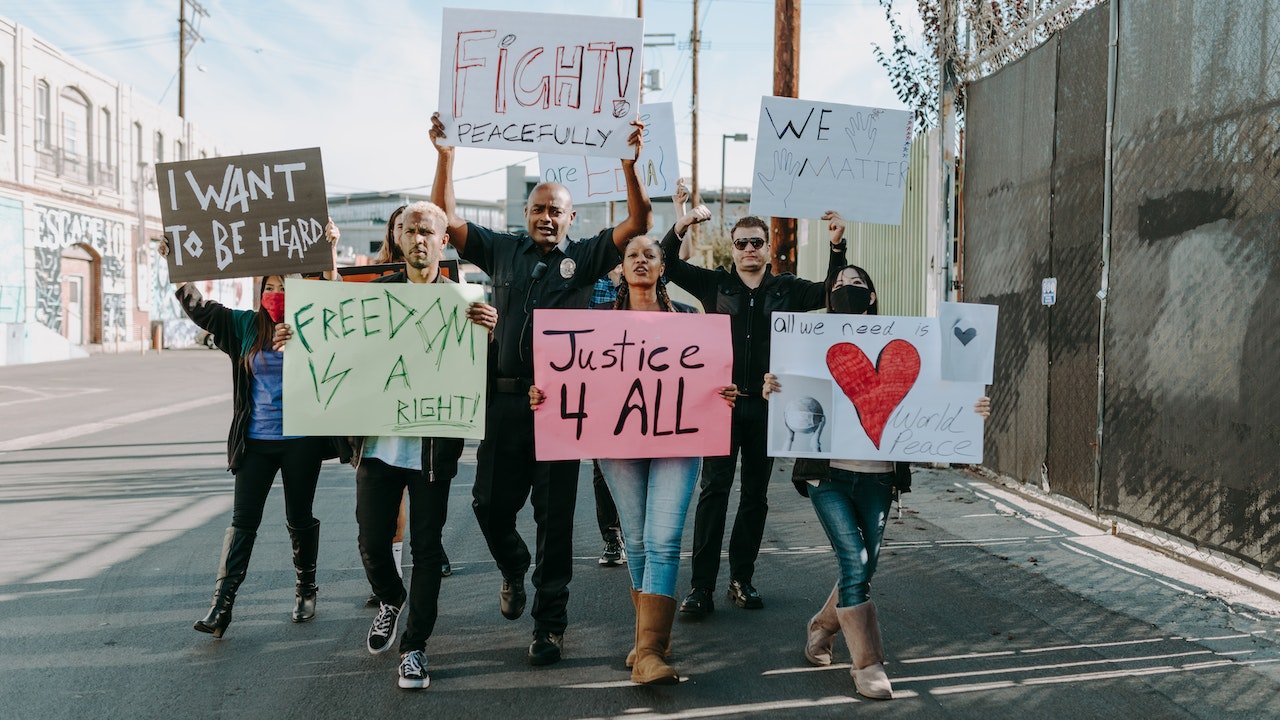Understanding Your Civil Rights and Discrimination Protections

In today’s dynamic and diverse society, understanding one’s civil rights and discrimination protections is crucial. Civil rights encompass a wide range of fundamental liberties and protections granted to individuals, ensuring equality and fairness. This article delves into the intricacies of civil rights, exploring historical contexts, key legislation, protected categories, enforcement mechanisms, and the contemporary challenges faced in the pursuit of equality.
Historical Context
To understand the present, we must delve into the past. The roots of civil rights and discrimination protections trace back to historical movements advocating for equality. From the Civil Rights Act of 1964 to subsequent legislative developments, the evolution of these protections mirrors the societal shifts toward justice.
Key Civil Rights Legislation
The cornerstone of civil rights is legislation crafted to dismantle discriminatory practices. The Civil Rights Act of 1964, along with other pivotal laws, has significantly shaped the legal landscape, fostering an environment where discrimination is prohibited.
Protected Characteristics
Civil rights laws safeguard individuals based on various characteristics such as race, gender, religion, and more. These protections are not just legal jargon; they represent a commitment to respecting the inherent dignity of every person.
Types of Discrimination
Discrimination manifests in various forms, be it racial, gender-based, or related to other protected characteristics. Real-world examples highlight the urgency of addressing these issues for a more equitable society.
The Role of Government Agencies
Enforcement of civil rights laws falls under the purview of government agencies. Understanding how to navigate these channels is essential for individuals seeking justice and equality.
Workplace Discrimination

Discrimination often rears its head in the workplace. This section delves into the nuances of workplace discrimination, offering insights on recognition and redressal.
Read More: Civil Rights in the United States: Know Your Rights
Educational Settings
Schools and universities should be bastions of equality. We’ll explore discrimination in educational settings and propose strategies to foster inclusivity.
Public Accommodations
Public spaces must be welcoming to all. This section sheds light on discrimination in public accommodations and outlines the legal rights associated with these spaces.
Landmark Legal Cases
Landmark legal cases have played a pivotal role in shaping civil rights laws. We’ll spotlight key cases and examine their far-reaching impacts.
Contemporary Issues
Even in the 21st century, civil rights face challenges. This section addresses modern-day issues, ensuring readers are aware of ongoing struggles for equality.
Civil Rights Advocacy
Advocacy is a catalyst for change. Understanding the role of advocacy in safeguarding civil rights encourages readers to actively participate in building a more equitable society.
Balancing Rights and Responsibilities
Navigating civil rights involves balancing individual rights with societal responsibilities. We’ll explore this delicate equilibrium and its implications for addressing discrimination.
International Perspectives
A global perspective adds depth to our understanding of civil rights. By comparing international civil rights protections, we gain insights and lessons from diverse experiences.
Read More: The Role of Civil Rights Laws in Combating Police Brutality 2023
Conclusion
FAQs(Your Civil Rights and Discrimination Protections)
How do I file a complaint if I believe my civil rights have been violated?
Filing a complaint typically involves contacting the relevant government agency responsible for enforcing civil rights laws. They will guide you through the process.
What are some common signs of workplace discrimination?
Signs of workplace discrimination include unequal treatment, harassment, and exclusion based on protected characteristics like race, gender, or religion.
Can discrimination occur in educational settings, and how can it be addressed?
Yes, discrimination can occur in educational settings. Addressing it involves promoting inclusivity, educating staff and students, and having clear policies in place.
Are civil rights only a concern within national borders?
While national laws often define civil rights protections, the principles of equality and non-discrimination are universal and apply globally.
How can individuals contribute to civil rights advocacy in their communities?
Individuals can contribute by staying informed, participating in community initiatives, and supporting organizations dedicated to civil rights advocacy.











